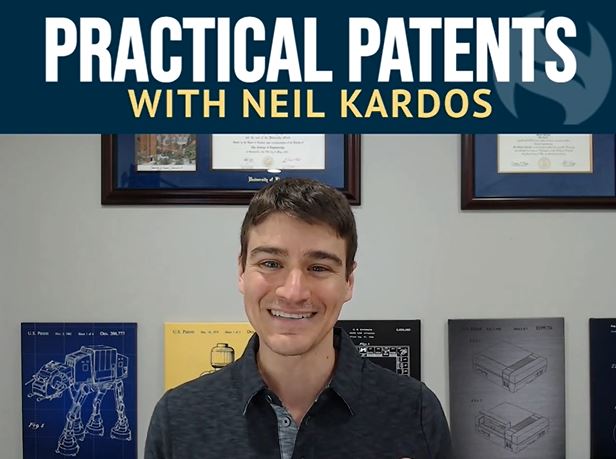Crafting the Narrative in Patent Applications
In the realm of patent applications, the art of storytelling is often overshadowed by the complexity of technical details. However, Neil Kardos brings a refreshing approach to structuring patent applications, emphasizing not just the technicalities but the story of the invention itself. His method improves readability and enhances the experience for inventors and in-house counsel alike.
1. Setting the Stage with Background
Neil begins by advising the inclusion of a background section. This part introduces the technology behind the invention. Depending on the familiarity and complexity of the technology, this section can vary in length. For well-known concepts, a few sentences suffice, but for more intricate technologies, a detailed exposition might be necessary.
2. Identifying the Technical Problem
Following the background, Neil emphasizes the importance of clearly outlining the technical problem addressed by the invention. This step is crucial as it sets the stage for the solution and helps the reader understand the necessity of the invention.
3. Introducing the Technical Solution
Next, a high-level explanation of the technical solution is presented. This part showcases how the invention solves the identified problem. It’s a strategic move to keep this explanation at a high level, ensuring clarity and engagement.
4. Highlighting the Technical Benefits
Neil suggests elucidating the technical benefits of the invention. This section reinforces the value of the invention and its contribution to the field.
5. Diving into the Details
The fifth part of the structure delves into the specifics of the invention, including various options, alternatives, and detailed benefits. This comprehensive exploration allows for a deeper understanding of the invention’s potential.
6. Standardized Figures and Descriptions
Finally, standardized figures and descriptive language, particularly important for hardware supporting process-based inventions, are placed towards the end of the application. Neil’s rationale for this arrangement is to captivate the reader’s interest with the most significant elements upfront, avoiding boredom or confusion.
Neil’s recommended structure is not just about organizing content; it’s about crafting a narrative that makes patent applications more accessible and engaging. By following this structure, patent professionals can effectively communicate the essence of an invention, making the complex world of patents a bit more approachable and relatable.
Don’t forget to come back for more tips in the next installment of the Practical Patents Series. Until next time, happy patenting!
Note: This blog post is based on the opinions and observations of the author and should not be considered legal advice. Consult a qualified patent attorney for specific guidance on patent application drafting.
Want more tips? Check out other Practical Patents videos with Neil Kardos here!

